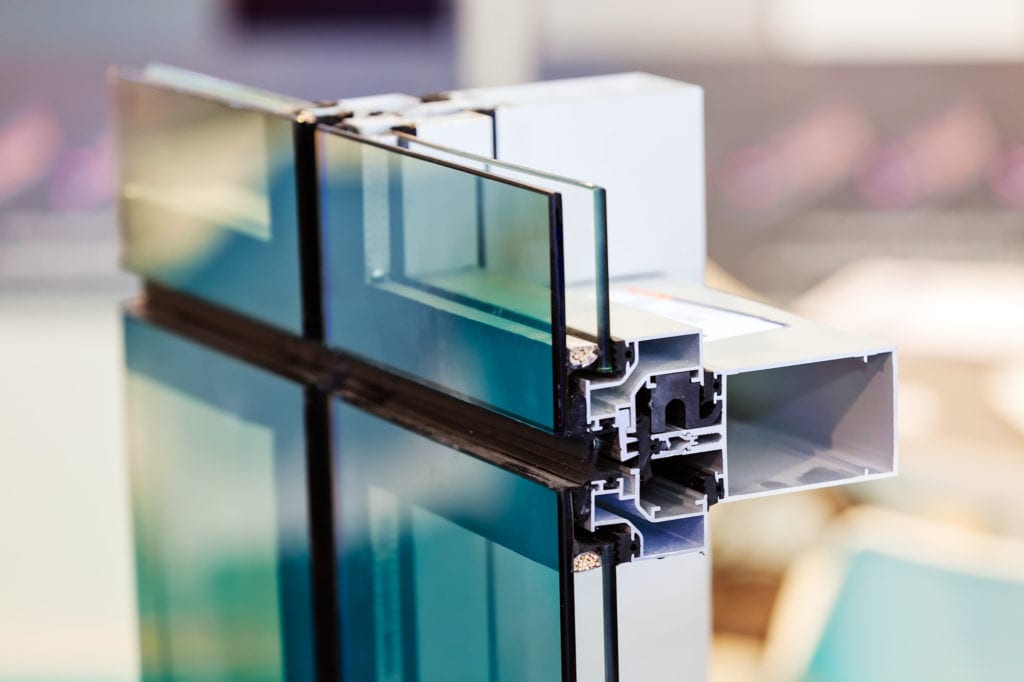All Categories
Featured
Table of Contents
Window Glazing For Households - Energy in Waterford WA
That window can send more solar heat in winter than in summer. A west-facing window on a summer's afternoon has an angle of occurrence from near 0 up to 30 with a large reliable location of solar radiation. A north-facing window, in summer, has a high angle of occurrence and a low reliable location of solar radiation, so can transmit less heat than a west-facing one.

You can rapidly and easily improve the thermal efficiency of your home by replacing your windows. There are thousands of types of glass and frames to choose from.
Double Glazing Windows - The Best Installers In The Uk ... in Armadale WA
There are numerous various types of glass products to choose from. Single glazing utilizes a single pane of glass. Single glazing with clear glass is not really effective when it pertains to heat loss or gain. To enhance performance, you can use single glazing with a more energy-efficient type of glass such as low emissivity (low-e) glass.
The energy performance of IGUs also depends on: the properties of each layer of glass. Various glass types (for example, clear and low-e glass) can be put together in an IGU.
What Are Double Glazed Windows? - Build in Queens Park WA

IGU cavities can be filled with air or a more inert, low-conductivity gas such as argon the width of the cavity. Larger cavities offer lower (much better) U worths, with 12mm normally accepted as the favored space how well the cavity is sealed.
If argon is set up to the cavity in place of air, wetness is reliably excluded the level of desiccant (drying agent). The spacer (metal or polymer strip) that separates the glass layers consists of a desiccant to soak up any wetness. Insufficient desiccant might cause moisture to condense on the glass surface in cold conditions, decreasing thermal efficiency.
Double Glazing Vs Triple Glazing: Which Should You Choose in Gooseberry Hill Perth
In fact, IGUs can provide much better energy efficiency for all climates, particularly in heated and air-conditioned homes. Cross-section detail of single, double and triple-glazing units Low emissivity glass (commonly referred to as low-e glass) minimizes heat transfer. Low-e glass might be either high or low transmission: High transmission low-e glass has a coating that allows daytime from the sun to enter your house to achieve great solar heat gain, however reduces the quantity of the long wavelength infrared heat that can escape back through the window.
Low-e glass has either a pyrolytic finish or a vacuum-deposited thin movie metal coating. Pyrolytic coverings are durable and can be used for any glazing; vacuum-deposited finishings are soft and are only used within IGUs. Low-e finishes can considerably improve both U value and SHGC; nevertheless, they need to be used properly or they will either weaken or fail to perform as needed.
Faq in Hamilton Hill Western Australia
Low-e finishings can be utilized in mix with clear, toned or reflective glass. Low-e finishings on glazing can decrease heat transfer where required Image: Department of Market, Science, Energy and Resources Toned glass has colouring ingredients included throughout manufacture. It is offered in various colours, normally bronze, grey, blue and green.
Table of Contents
Latest Posts
Single, Double Or Secondary Glazing, Which Is The Best ... in Leda WA
Double Glazed Windows Brisbane in Lockridge Western Australia
Double Glazing Vs. Triple Glazing: Which Is Worth It? in Palmyra Perth
More
Latest Posts
Single, Double Or Secondary Glazing, Which Is The Best ... in Leda WA
Double Glazed Windows Brisbane in Lockridge Western Australia
Double Glazing Vs. Triple Glazing: Which Is Worth It? in Palmyra Perth